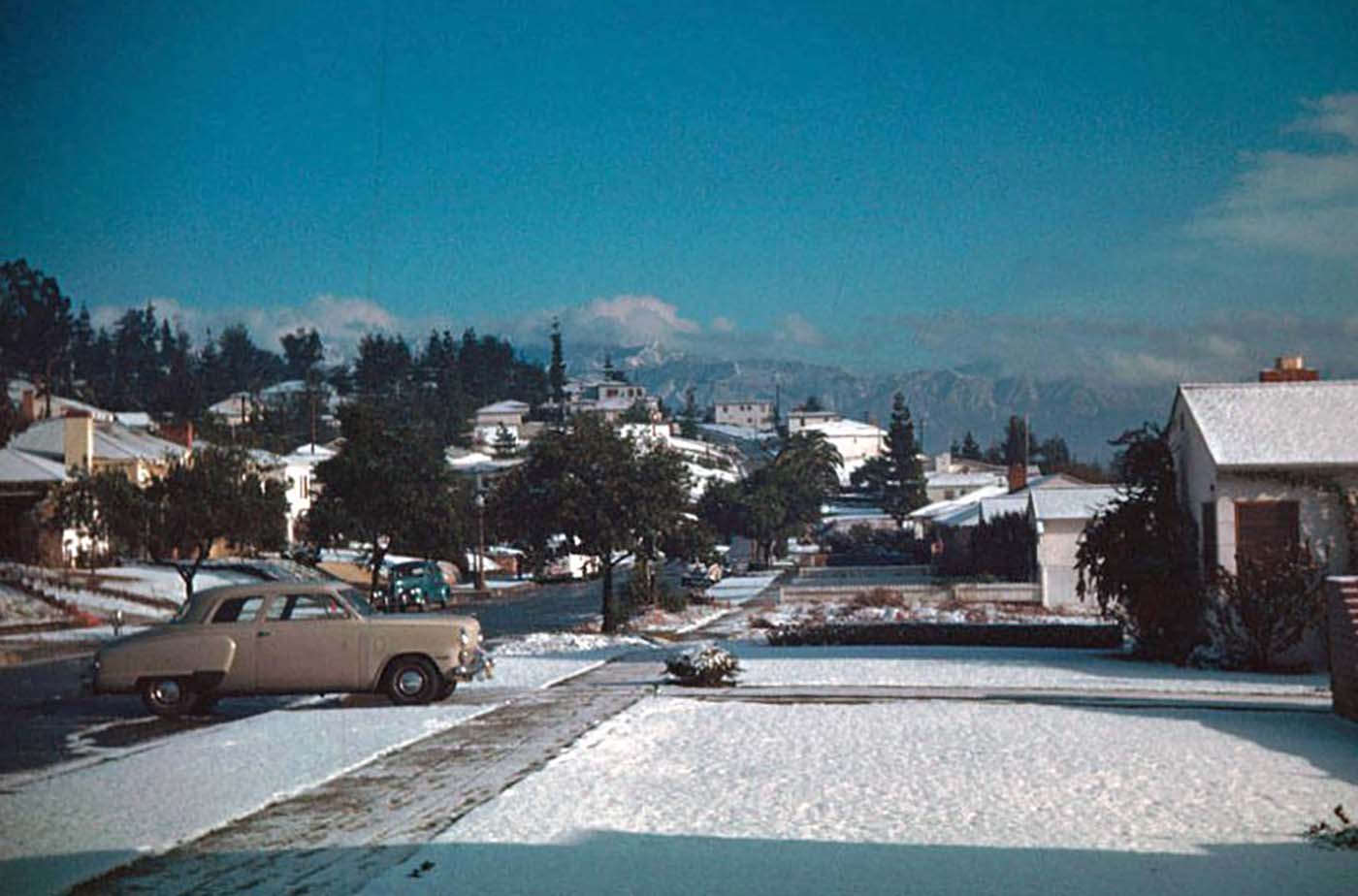Shirley Temple - The very name evokes images of golden curls, twinkling eyes, and a heart-melting smile. To me, she was more than just a child star; she was a beacon of hope, a symbol of innocence, and a testament to the enduring power of human spirit. And when she traded in her pinafore for a buckskin dress in Susannah of the Mounties, she proved once again that she was a versatile actress capable of captivating audiences in any role.

Now, I know what you’re thinking. Shirley Temple? A Mountie? It might seem like an odd pairing, but trust me, it was a perfect storm of talent, adventure, and sheer magic.
In Susannah of the Mounties, we witnessed a transformation of the little girl we adored into a resilient, courageous young heroine.

The film, set against the breathtaking backdrop of the Canadian wilderness, was a departure from the familiar world of Southern plantations and charming cottages.
Yet, it was in this rugged environment that Shirley truly shone. As Susannah Sheldon, a young orphan caught in the crossfire of a brutal Indian attack, she displayed a maturity and strength that belied her tender years.

Remember that scene where she's lost in the forest? Her eyes, filled with both fear and determination, conveyed a depth of emotion that was astonishing for a child actress.
And when she finally reunites with Inspector Angus Montague, played by the dashing Randolph Scott, her relief and joy were palpable.
It was in those moments that we realized we were watching a star in the making, a young actress who could effortlessly transition from comedy to drama.

Shirley's chemistry with Randolph Scott was undeniable. Their on-screen relationship was a beautiful blend of paternal affection and budding romance.
It was as if they were a real-life father and daughter, their interactions filled with warmth and tenderness.
And let's not forget Margaret Lockwood as Vicky Standing, the strong and capable woman who became a surrogate mother to Susannah. The trio's dynamic added depth and complexity to the story.

But it wasn't just the acting that made Susannah of the Mounties a special film. The cinematography was breathtaking, capturing the awe-inspiring beauty of the Canadian wilderness.
The action sequences were thrilling, and the music, composed by Alfred Newman, was both stirring and evocative. Every element of the film came together to create a truly immersive experience.

Of course, no Shirley Temple film would be complete without a touch of musical magic.
While Susannah of the Mounties may not have featured the iconic tap numbers we associate with her earlier films, there were still moments of pure joy.
Remember that scene where Susannah sings a lullaby to a wounded Mountie? Her voice, sweet and clear, was a balm to the soul.

In many ways, Susannah of the Mounties was a coming-of-age story for both Shirley Temple and her young audience.
It was a film that challenged our perceptions of childhood, showing us that even the youngest among us can possess extraordinary courage and resilience.
It was a film that reminded us of the power of hope, the importance of family, and the enduring spirit of the human heart.

And so, as I watch Susannah of the Mounties again and again, I find myself filled with a sense of wonder and admiration.
I am grateful to have witnessed the extraordinary talent of a young girl who would grow into a remarkable woman. Shirley Temple, in all her glory, will forever hold a special place in my heart.





